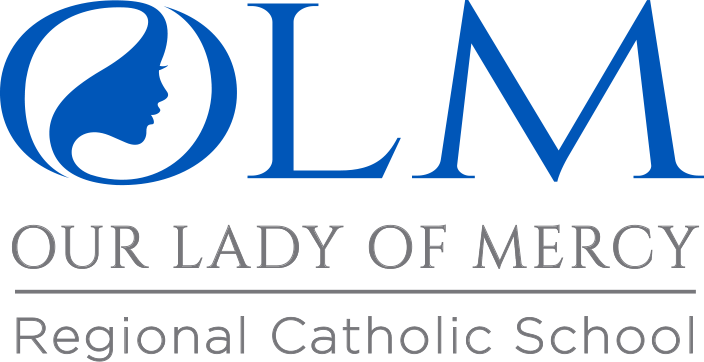Our Middle School Academy consists of students in Grades 6-8. Students have a homeroom and move from class-to-class for different subjects taught by different teachers. They are also supplied with a locker. In addition to subject-area credentialed teachers, the OLM Middle School Academy prepares students for a successful transition to high school and special emphasis is placed on the fundamental tools of writing, research, study skills, and vocabulary development. Students participate in the Honors Math Program and a special Algebra program. Students also participate in Student Council and the National Junior Honor Society.
Our Lady of Mercy Regional Catholic School’s Middle School Academy proudly provides a distinctive program. Our middle school curriculum is designed to address not only the academic needs of adolescents, but also their social, behavioral, and spiritual needs.
